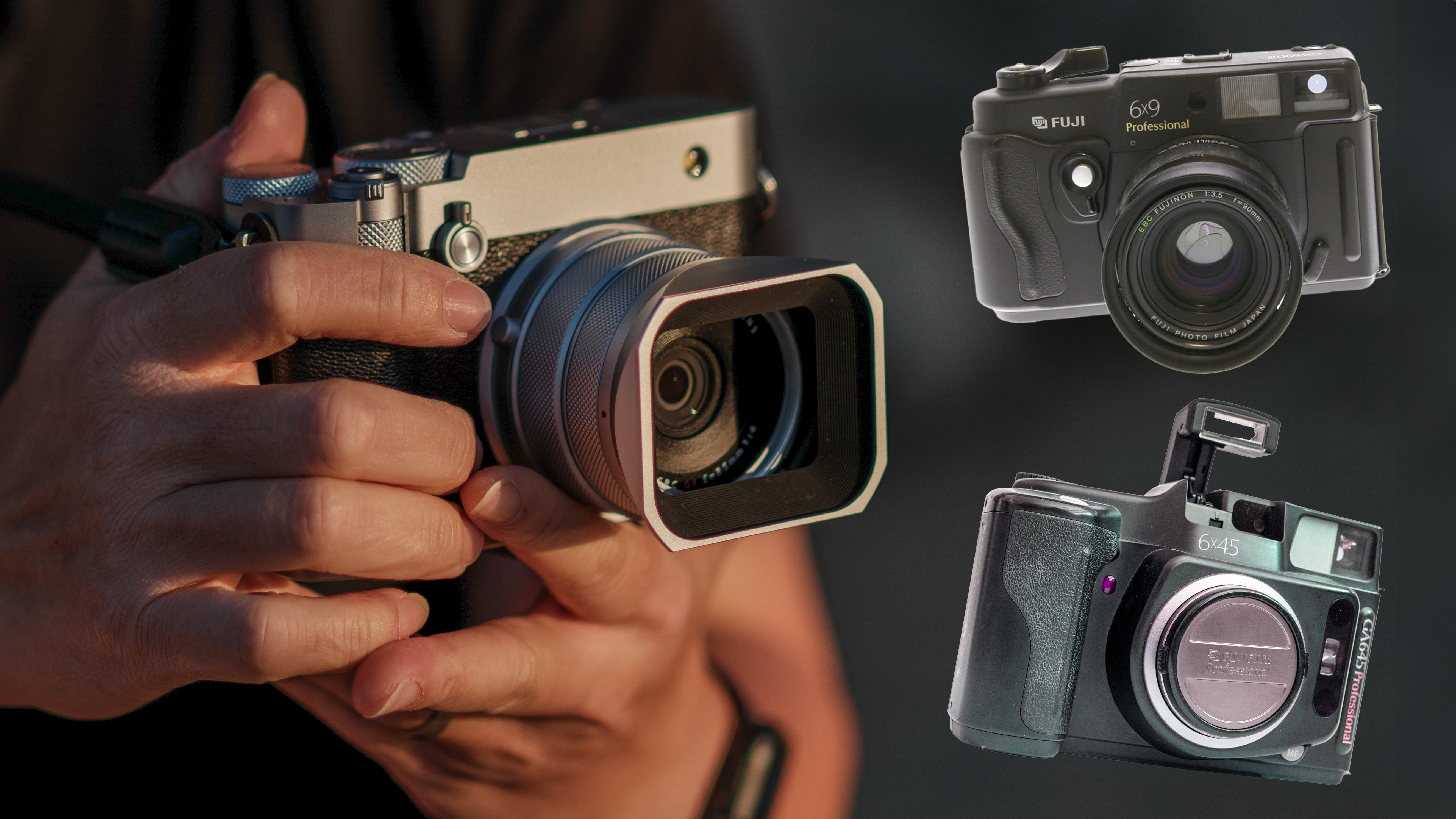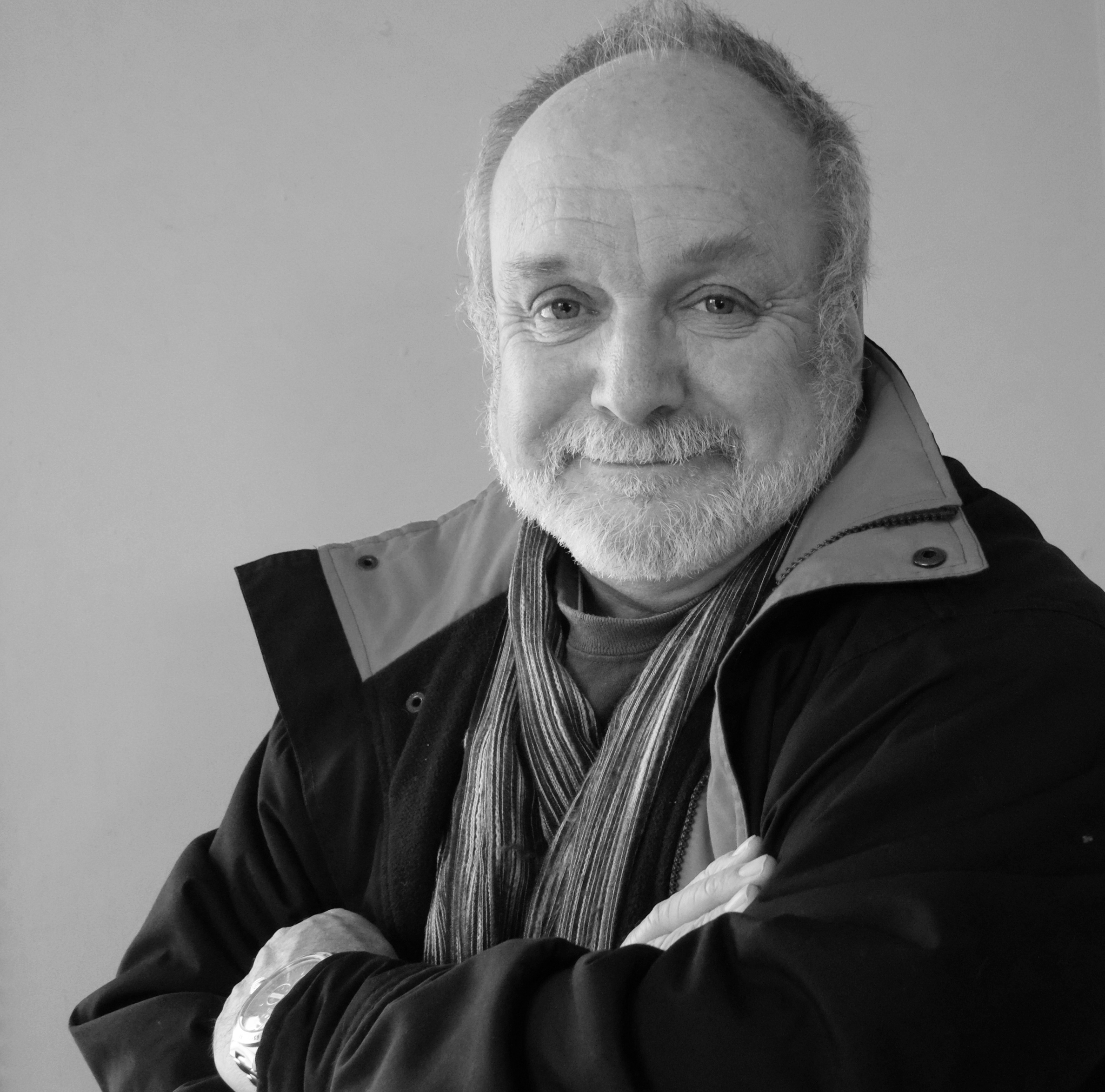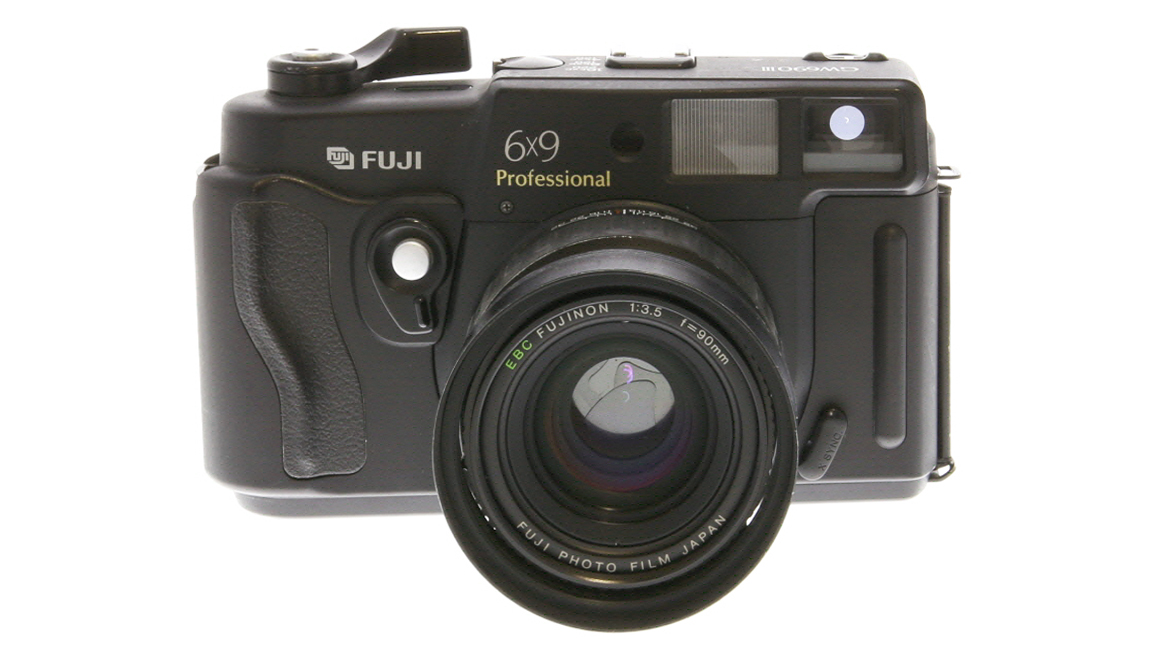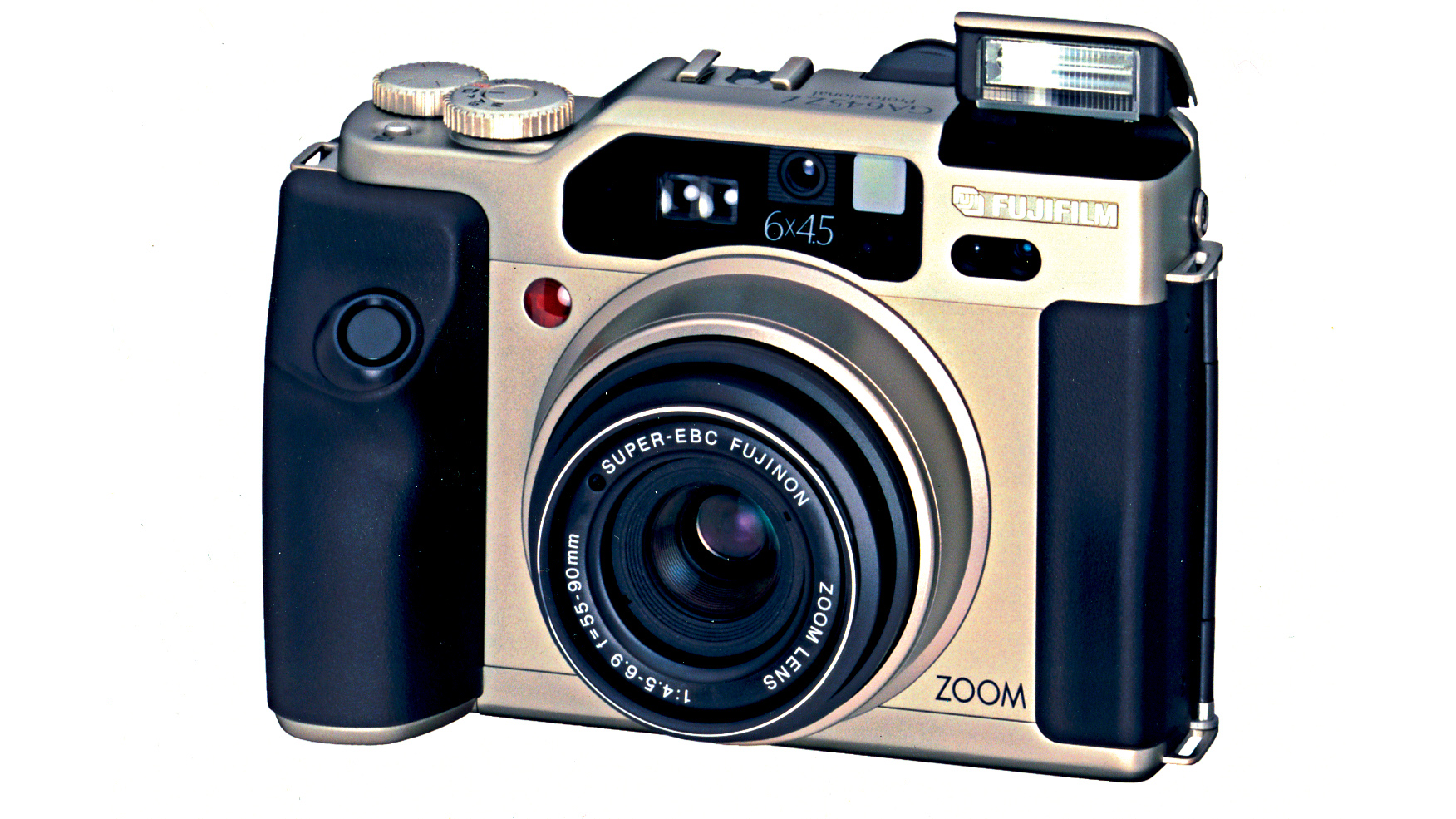The GFX100RF is the compact camera Fujifilm HAD to make, to channel its medium format heritage
Fujifilm channels its legendary roll-film DNA into a digital powerhouse

Fujifilm’s GFX100RF is the camera that the company just had to build, given the long heritage of its many roll film ancestors, but it’s very much a go-it-alone approach. Fujifilm has created a camera that has the potential to be many things to many people.
At one time, roll-film medium format rangefinder cameras with a fixed lens were commonplace – particularly in the 6x6cm format, but gradually 35mm took over and increasingly in the reflex configuration.
However, in the late 1960s, Fujifilm still saw a market for a more portable medium format; specifically at the beginning, the portrait photographers that roamed Japan’s major tourist spots in the days long before selfies.
For this reason it went with the wider 6x9cm format and then 6x7cm for its first Fujica G series cameras, which also had interchangeable lenses.
The first Fuji (as it was then known) fixed lens models appeared in 1978, again in 6x9cm and 6x7cm. And there was subsequently a long line of G cameras, ending in 1998 with the GA645Zi – which was essentially a point-and-shoot 6x4.5cm format ‘compact’ with an autofocus zoom lens, a built-in flash and a motorized film advance (remember that roll-film doesn’t need to be rewound).
While essentially fully automatic, all the GA series models had manual controls for exposure and focus, and incidentally were always labeled “Professional”. As it happens, none of them sold in big numbers at the time, but are now highly sought-after because of the combination of size (comparatively speaking) and the enhanced image quality even with 6x4.5cm.
They are seemingly more appreciated today which is undoubtedly why we now have the Fujifilm GFX100RF.
The best camera deals, reviews, product advice, and unmissable photography news, direct to your inbox!
The medium format compact camera concept makes even more sense in the context of digital capture, with the 102MP “33x44” format sensor facilitiating considerable scope for cropping.
Leica has already gone down this route with its 60MP Leica Q3 and Q3 43 models, in order to add more flexibility. But, with a higher resolution on tap to start with, the Fujifilm camera’s cropped focal length settings will potentially deliver better image quality.
The options are 35mm, 50mm and 63mm with resolutions of 62MP, 31MP and 20MP respectively – but you can, of course, crop however you like in post, with the 102MP files shot at the lens’ actual focal length of 28mm.
Additionally, there’s a choice of 9 image aspects for JPEG, including a panoramic 65:24 (see also 2.7:1) per the Hasselblad XPan (which, of course, was actually a Fujifilm camera called the TX-1).
All this makes the GFX100RF extremely flexible, which is further enhanced by its excellent portability (weighing in at under 750g) and weather-proofed construction. It’s going to work in a whole lot of applications beyond the obvious ones such as landscapes, street photography and portraiture.
The price tag perhaps looks a bit steep at first, until you consider that you’re buying a medium format lens as well. The alternative of a preloved GFX 50R body with, say, a GF 30mm f/3.5 R WR prime wide-angle isn’t going to be that much cheaper – and is certainly bulkier overall (not to mention the lower 50MP resolution).
As a ‘one-and-only’ camera, the GFX100RF ticks a lot of boxes – and is arguably a lot more desirable than the hugely popular Fujifilm X100VI, despite the big price difference.
An idea that Fujifilm has tried many times in the past with varying success looks like being a real winner with its digital era re-imagining.
You might also like…
The GFX100RF is both one of the best medium format cameras and the best compact cameras – but check out its rivals in both categories to see how it compares.

Paul has been writing about cameras, photography and photographers for 40 years. He joined Australian Camera as an editorial assistant in 1982, subsequently becoming the magazine’s technical editor, and has been editor since 1998. He is also the editor of sister publication ProPhoto, a position he has held since 1989. In 2011, Paul was made an Honorary Fellow of the Institute Of Australian Photography (AIPP) in recognition of his long-term contribution to the Australian photo industry. Outside of his magazine work, he is the editor of the Contemporary Photographers: Australia series of monographs which document the lives of Australia’s most important photographers.
You must confirm your public display name before commenting
Please logout and then login again, you will then be prompted to enter your display name.




